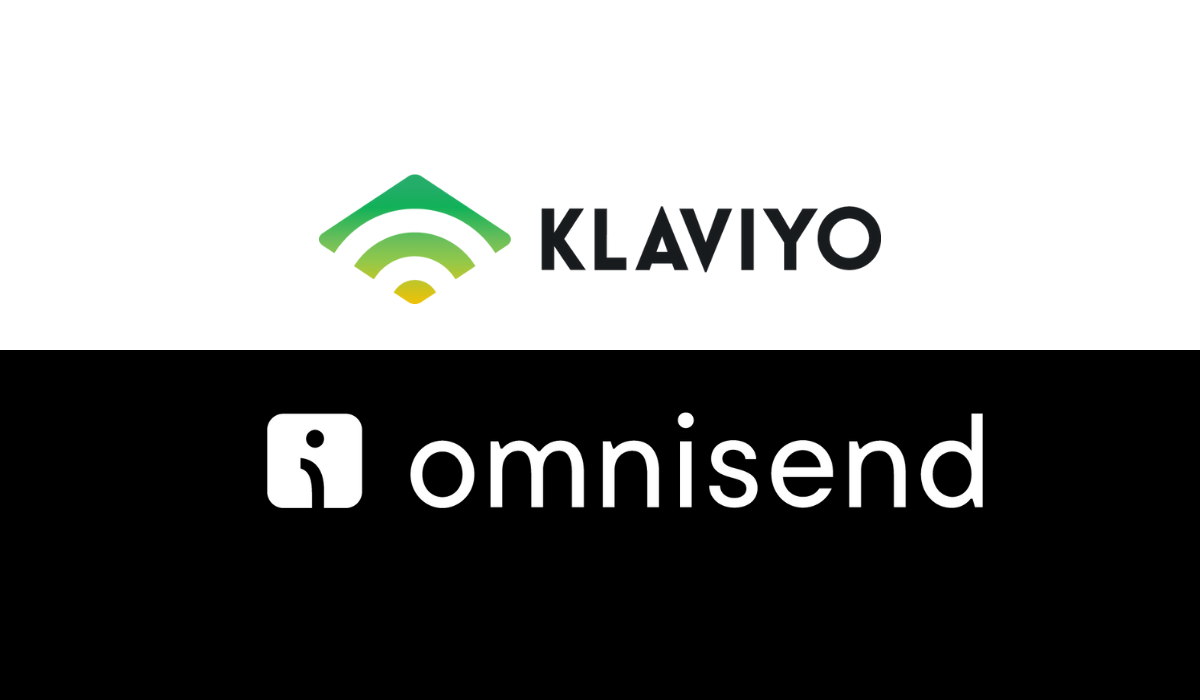Ecommerce email marketing comparison: Klaviyo vs Flodesk
When it comes to ecommerce email marketing, there are a few platforms that stand out among the rest. Klaviyo and Flodesk are two such platforms, each with its own set of pros and cons. So which one will be the best fit for your business?
In this article, we’ll give an overview of how Klaviyo and Flodesk compare, then dig deeper into their email marketing features. Click on one of the links below to jump to that section:
- Klaviyo vs Flodesk: Overview
- Email templates and forms
- Workflows
- Analytics and reporting
- Ecommerce viability
Klaviyo vs Flodesk: Overview
|
|
Klaviyo |
Flodesk |
|
Monthly price plans |
Then plus $10 for every additional 500 contacts. |
Flat rate of $38 per month for “unlimited everything”. So whether you have 500 subscribers on your email list or 100,000, Flodesk’s fixed pricing model means you will always pay the same amount. |
|
Integrations |
Vast and established list covering social media, ecommerce, payments and more. Connections include Shopify, Facebook, Recharge, Gatsby and Gorgias. |
Limited but growing list due to still being in beta. Current connections include Squarespace and Zappier. |
|
Email marketing automation |
Lots of pre-built, customisable automation flows for lists, metrics, dates, times, events and more. Send automated, targeted emails to subscribers including a welcome series, next order predictions, product restocks, product price drops, browse and cart abandonment and more. |
Automatic subscriber tagging based on user interactions with forms. |
|
Ease of use |
User-friendly resources and simple forms with pre-designed options designed to improve ease of use. |
Easy to use customisation tools available but can prove more difficult than pre-designed templates. |
|
Dashboard |
Clean and clear, displaying key ecommerce information relating to revenue, analytics, email lists and segments, campaigns and automation workflows. |
Very sleek and intuitive dashboard designed with creatives in mind. |
|
Audience segmentation |
Advanced segmentation capabilities using unlimited criteria and data. Segment email lists based on transactional, behavioural and personal data. Integrate with other data sources to improve segmentation. |
Create colour-coded audience segment folders that can auto-filter users. |
|
A/B testing |
Allows for sophisticated A/B testing so you can test different subject lines and content to optimise your campaigns. |
Doesn’t currently allow for A/B testing but will probably branch out into this as the platform grows and develops. |
|
Customer support |
A comprehensive searchable Help Center database for all users, as well as email support and live chat available to paid subscribers. |
Flodesk Insiders group on Facebook, email support from 08:00 to 20:00 US time and a Help Center filled with advice and FAQs. |
Email templates and forms
Recently, Flodesk has been some hype in the marketing industry for its simplicity and focus on creating beautiful emails in a more editorial style than their competitors. However, Klaviyo has been around for much longer and continues to offer far more advanced features to customers. It is a far more established email marketing software and is specifically designed for ecommerce.
Klaviyo’s email marketing features include its responsive, drag-and-drop email templates that are incredibly customisable. Flodesk email templates differ from those offered by Klaviyo in that they emphasise visuals. They also have pre-designed templates that you can customise with a drag-and-drop editor.
In terms of forms, Flodesk is continually upgrading its capabilities in terms of both aesthetics and functionality. Recent upgrades include subscriber preferences, custom fields, better accessibility and form content personalisation. The platform provides an attractive and easy-to-use form builder to create pop-up and embedded forms.
Klaviyo, on the other hand, offers over 50 ready-to-go form templates across three formats: pop-up; flyout; and embedded. These can also be easily customised, with no coding or design skills required in the editing process. You can even experiment with form improvements through Klaviyo’s A/B testing capabilities.
Workflows
In Flodesk, the workflow functions are simple to start yourself or copy an existing template. You can set up email sequence workflows to:
- Create and distribute brand awareness campaigns
- Circulate a free download or shopping code
- Share event news
The Klaviyo email marketing platform offers a more thorough process for creating automated workflows for every email campaign. This ranges from a welcome series to abandoned cart emails with custom message options, next order predictions, product restocks and more. You can find a more advanced ecommerce automation tool with Klaviyo.
In general, Flodesk is more basic and requires connections with other tools like Zapier for more advanced capabilities. Since Flodesk is still new, it is still releasing new features and doesn’t currently have advanced automation or split testing, unlike Klaviyo.
Analytics and reporting
Currently, Flodesk doesn’t provide analytical metric data about when and how subscribers joined a mailing list. They do provide analytics for basic data such as email delivery rates and open/click rates but they don’t offer very detailed analyses of subscriber interactions with email campaigns as the platform is still in beta.
On the other hand, the analytics and reporting offered by Klaviyo are far more robust, covering all the important and necessary ecommerce information you need, including updates on campaign performance, email list growth and segment behaviour.
Ecommerce viability
It’s important to remember that Klaviyo was built specifically for ecommerce business whereas Flodesk is a more recent and generalised email marketing tool.
While it may still be growing, Flodesk is better suited for the creatively-led, small business. However, it cannot keep up with the demands of larger ecommerce or enterprise businesses like Klaviyo can.
Related content
Ecommerce email marketing comparison: Klaviyo vs Mailchimp
Ecommerce email marketing comparison: Klaviyo vs Omnisend
Ecommerce email marketing comparison: Klaviyo vs ActiveCampaign




